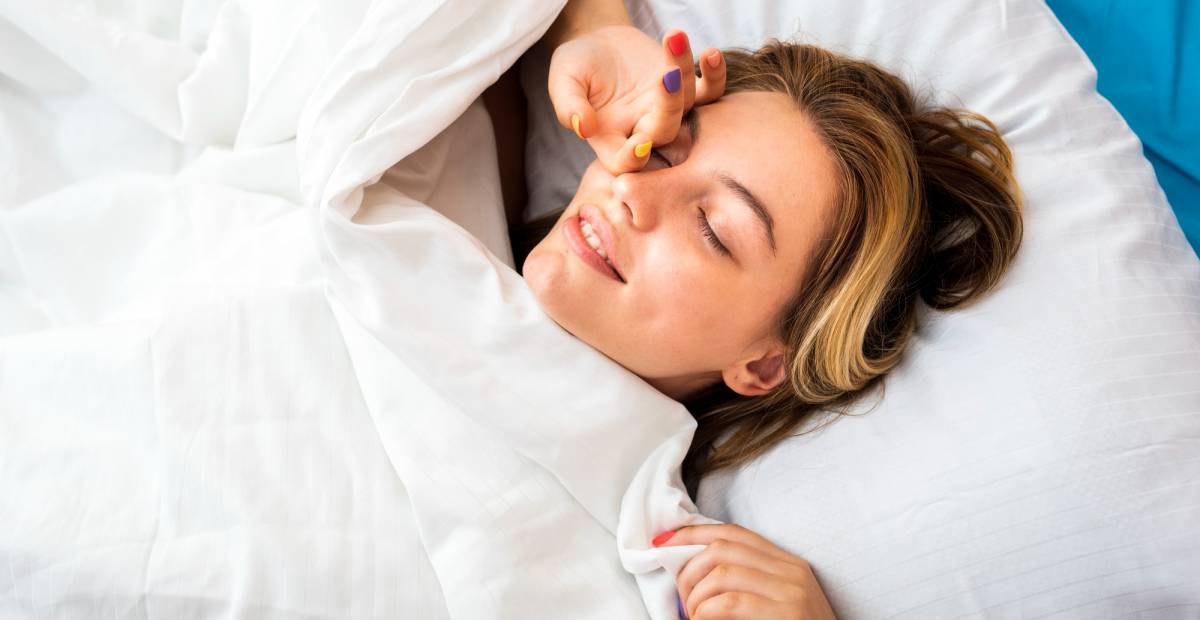How Valerenic Acid & GABA Explain Valerian's Effects

Valerian root is best known as a gentle herbal aid for restless nights, yet its relaxing action begins long before bedtime. Inside the dried rhizome lives a family of sesquiterpene acids—chiefly valerenic acid—that subtly raise the brain’s GABA activity, easing the neural “noise” that keeps thoughts racing. This article explains how those plant compounds work together, why extracts standardised to 0.8 % valerenic acids deliver steadier results, and where co-factors like valepotriates and isovaleric acid fit into the picture. If you want to learn exactly how valerenic acid turns calm into chemistry read on.
Why Focus on Valerenic Acid & GABA?
Clinical reviews from peer-reviewed journals such as Phytomedicine show that valerian root owes much of its calming power to two converging factors: a rich set of sesquiterpene acids led by valerenic acid (VA) and the herb’s ability to enhance gamma-aminobutyric acid (GABA) activity in the brain (Shinjyo et al., 2020). VA acts as a positive allosteric modulator at the GABA-A receptor’s β-subunit, while related constituents—valepotriates, lignans and short-chain metabolites like isovaleric acid—create a supportive “entourage” effect that strengthens overall GABA modulation. For readers seeking a broader context on safety or general benefits, our Complete guide to benefits, uses & safety offers an in-depth overview that pairs well with this mechanistic article.
The Bioactive Portfolio of Valerian Root
Valerian Root Active Compounds at a Glance
- Sesquiterpenoid acids – chiefly valerenic, hydroxy-valerenic and acetoxy-valerenic acids.
- Valepotriates – tri-ester iridoids such as valtrate and isovaltrate.
- Phenolic lignans – including pinoresinol and eudesmin.
- Volatile terpenes – borneol, kessyl alcohol and other aroma-defining compounds.
Why Sesquiterpenoids Matter
Chemistry Corner: From Sesquiterpene to Valerenic Acid
Valerenic Acid Structure & Biosynthesis
Isovaleric Acid & the Distinctive Aroma
GABA 101: The Brain’s Brake Pedal
Mechanism Unpacked: How Valerenic Acid Modulates GABA-A Receptors

A 2023 double-blind crossover trial at Charité—Universitätsmedizin Berlin confirmed the translation to humans. Participants receiving 600 mg of VA-standardised extract showed a 15 % reduction in sleep-latency and a 12 % drop in state-anxiety scores versus placebo, with no morning sedation (
Krueger et al., 2023). For a broader look at acute outcomes, see what clinical trials show in our companion article Does Valerian Work the First Night?
Evidence Ladder
|
Level
|
Key finding
|
Reference
|
|
Cell assays
|
VA doubles GABA-mediated currents in Xenopus oocytes
|
Benke 2009
|
|
Rodent studies
|
VA (3 mg kg⁻¹) extends non-REM sleep by 25 %
|
Fernández-San-Martín 2021
|
|
Human PSG trials
|
Standardised extract (0.8 % VA) shortens sleep-latency by 10–20 min
|
Krueger 2023 |
Synergy Spotlight: Valepotriates, Flavonoids & Isovalerate
Real-World Takeaways: Standardisation, Dose & Quality
- Look for 0.8 % valerenic-acids. This range matches most successful clinical protocols.
- Verify gentle drying (< 40 °C). Excess heat degrades sesquiterpenes.
- Check HPLC batch sheets. A robust VA peak and detectable isovalerate indicate correct root ageing.
- Start with 400–600 mg extract 60 minutes before bed. Titrate down if using in combination formulas. For detailed ranges, refer to the Valerian Root Dosage Guide.
Future Directions & Research Gaps
- High-purity VA isolates are entering Phase I trials to assess dose-response curves without confounding phytochemicals.
- Genomic screening of Valeriana cultivars seeks lines with naturally elevated sesquiterpene acids for more consistent GABA potentiation.
- Micro-dosing protocols aim to test whether sub-therapeutic VA can stabilise daytime anxiety without drowsiness—an area to watch in upcoming meta-analyses summarised in The Latest Research on Valerian Root.
FAQ
1. Does valerenic acid bind the same site as benzodiazepines?
2. Can VA work without the rest of the root?
Isolated VA modulates GABA-A, yet trials show superior outcomes when valepotriates and isovalerate are present.